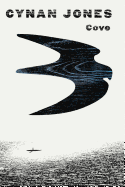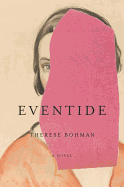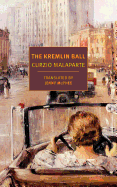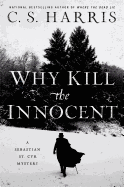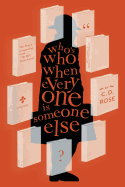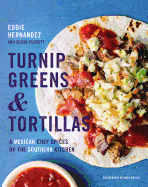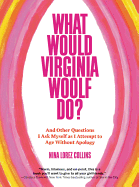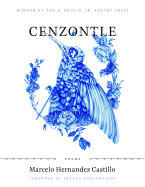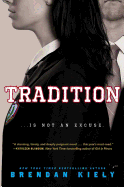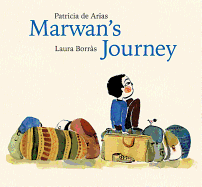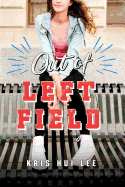 |
| photo: Jeff Harris |
Alexandra Borowitz is the author of the novel Family and Other Catastrophes (Mira, paperback, $15.99). She has been writing since early childhood and loves drawing inspiration from awkward everyday situations and anxieties to craft stories that center on dysfunctional families.
On your nightstand now:
Literally speaking, a book that my sister wrote me on my wedding day. We're 20 years apart, so she was five when she wrote it, but it was impressively long, and all about our relationship. I will treasure it forever. In terms of published books, the next book on my list is Sleeping Beauties by Stephen King.
Favorite book when you were a child:
I was obsessed with puberty as soon as I learned what it was, so I loved Are You There God? It's Me, Margaret. Especially because much like Margaret, I wasn't raised religious but I really wanted to find some kind of faith, and I often felt like the only kid my age who actually envied all her friends who got to go to Sunday school. That, and I couldn't wait to get boobs.
Your top five authors:
Margaret Atwood, because she's essentially the godmother of dystopian science fiction. She has also written many books that aren't science fiction and don't get nearly enough credit, like The Robber Bride, which I loved. Jonathan Tropper is another favorite, because he's essentially the gold standard when it comes to the genre I write, and I've always admired him. Other favorites are Stephen King, Maria Semple and Ann Patchett.
Book you've faked reading:
When I was in ninth grade, I switched schools and learned that I would have to read Guns, Germs and Steel over the summer. I would have been a lot more excited to read this if the title wasn't literally the most boring thing I could ever imagine as a 14-year-old girl obsessed with shoes and makeup. I started reading the book in earnest, and I was drawn in by an opening scene about a farmer who was boning his sheep, but very quickly the book started revolving around silt and then I never picked it up again. When we discussed it on the first day of school, I generally just copied what other kids said and started with "Piggybacking on that comment...."
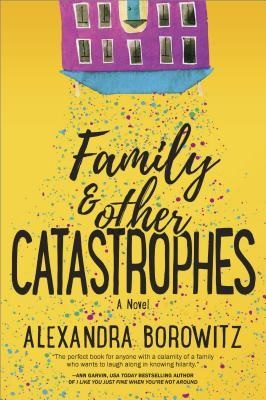 Book you're an evangelist for:
Book you're an evangelist for:
The People We Hate at the Wedding by Grant Ginder. It's hilarious and the descriptions are so evocative. I'm also a sucker for anything about dysfunctional families and weddings, obviously.
Book you've bought for the cover:
When I was in high school, I picked up A Taxonomy of Barnacles by Galt Niederhoffer. I liked it because the cover looked cute, but much to my surprise I also wound up loving the story itself. In hindsight this might have been the book that inspired my obsession with the comedic family dynamic genre.
Book you hid from your parents:
Angus, Thongs and Full-Frontal Snogging by Louise Rennison. My mom actually bought this for me when I was in middle school, but it seemed insanely edgy to me. I guess I didn't literally hide it from her, but I felt very precocious reading it, and I assumed she bought it for me without knowing anything about the content. In terms of a book I literally hid from my parents, I know my mom bought some kind of "you and your body" type book when I first got my period, which included ridiculously graphic descriptions of sex. Sometimes I'd reread that bit by myself and then hide the book in my bedside drawer because it felt naughty. Even though--again--my parents bought it for me in the first place.
Book that changed your life:
The Robber Bride by Margaret Atwood. I bought it in a mad Margaret Atwood spree after I finished some of her better-known books, and went into it without reading the summary. I just naturally assumed it was science fiction, and read it as if the characters were living in some alternate reality--until about a quarter through the book I realized it was just a regular novel set in the real world. But by then I was already hooked. It's an amazing story, and I love how she's able to write from different perspectives, telling the same story several different ways.
Favorite line from a book:
"If at first you don't succeed, lower your expectations." --Jonathan Tropper, This Is Where I Leave You
Five books you'll never part with:
Where'd You Go, Bernadette by Maria Semple (hilarious), On Writing by Stephen King (taught me so much about writing and crafting a story), The Handmaid's Tale by Margaret Atwood (no, I didn't read it after discovering the Hulu series, although that was very good too), The Rosie Project by Graeme Simsion (fantastic and addicting narrative) and This Is Where I Leave You by Jonathan Tropper (the best of dysfunctional family-centered novels).
Book you most want to read again for the first time:
Oryx and Crake by Margaret Atwood. I read it after a co-worker recommended it, and I got through it way too quickly because I would stupidly read on my walk to and from work (imagine the opening scene from Beauty and the Beast where Belle pranced down the provincial French streets with her nose in a book--except I was in San Francisco and dodging puddles of urine).
Book you had to read for school but actually liked:
The Giver by Lois Lowry. When I first found out I had to read it at school, I wasn't expecting much because the cover is just a black-and-white photo of an old bearded man. At the time I would have much rather read the "Create Your Own Rap" form on the back of a box of Reese's Puffs, but much to my surprise, I immediately fell in love with the world of The Giver. It was the first dystopic/futuristic story I had ever read and that later became a favorite genre of mine.
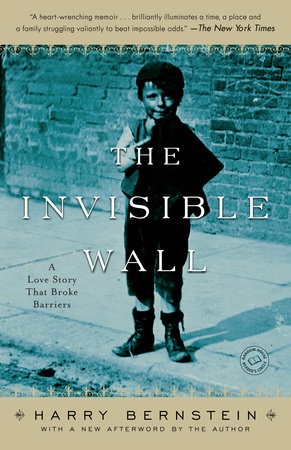 In The Invisible Wall (Ballantine, $16), the first of three memoirs started when the author was 93 years old, Harry Bernstein details his childhood in England in the 1910s. His street had Jewish families on one side and Christian families on the other, and he details the clashes between his neighbors as well as the tragedies that brought them together. Harry's mother played an important role in holding his family together during difficult times.
In The Invisible Wall (Ballantine, $16), the first of three memoirs started when the author was 93 years old, Harry Bernstein details his childhood in England in the 1910s. His street had Jewish families on one side and Christian families on the other, and he details the clashes between his neighbors as well as the tragedies that brought them together. Harry's mother played an important role in holding his family together during difficult times.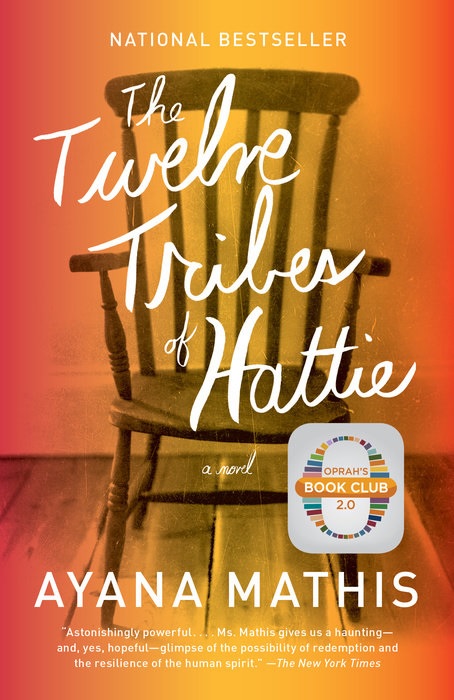 The award-winning The Twelve Tribes of Hattie (Vintage, $16.95) by Ayana Mathis is a raw, emotional and compelling novel that follows the challenging lives of Hattie and her children, starting in 1923 in segregated Georgia, through the Great Migration and their struggles in a poor black neighborhood in Philadelphia. Each chapter moves forward in time (through 1980) and is told from the perspective of one of Hattie's children or grandchildren.
The award-winning The Twelve Tribes of Hattie (Vintage, $16.95) by Ayana Mathis is a raw, emotional and compelling novel that follows the challenging lives of Hattie and her children, starting in 1923 in segregated Georgia, through the Great Migration and their struggles in a poor black neighborhood in Philadelphia. Each chapter moves forward in time (through 1980) and is told from the perspective of one of Hattie's children or grandchildren.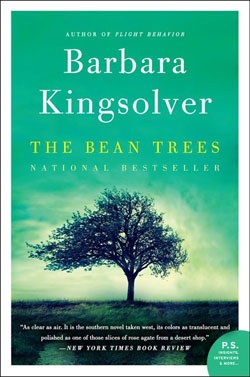 The Bean Trees (Harper, $15.99) and Pigs in Heaven (Harper, $14.99) by Barbara Kingsolver are two heartwarming novels about a girl who grows up in rural Kentucky with a single mother and moves to Arizona. Her life is forever changed when she becomes the adoptive mother of an abandoned Native American child named Turtle and, later, when she must fight to keep her. --Suzan L. Jackson, freelance writer and blogger at Book By Book
The Bean Trees (Harper, $15.99) and Pigs in Heaven (Harper, $14.99) by Barbara Kingsolver are two heartwarming novels about a girl who grows up in rural Kentucky with a single mother and moves to Arizona. Her life is forever changed when she becomes the adoptive mother of an abandoned Native American child named Turtle and, later, when she must fight to keep her. --Suzan L. Jackson, freelance writer and blogger at Book By Book



 Book you're an evangelist for:
Book you're an evangelist for: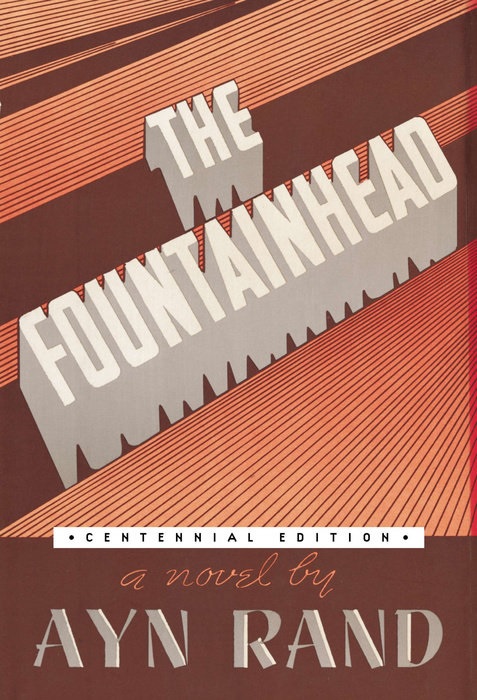 Ayn Rand's writing has left an indelible mark on political thought. Rand's Objectivist philosophy--a rejection of altruism and spirituality, an embrace of laissez-faire capitalism and the pursuit of individual over group happiness, among other tenets--entered the mainstream through her bestselling books. Rand (1905-1982) was born in the Russian Empire, educated in the Soviet Union and moved to the United States in the 1920s. She worked as a screenwriter before becoming a novelist.
Ayn Rand's writing has left an indelible mark on political thought. Rand's Objectivist philosophy--a rejection of altruism and spirituality, an embrace of laissez-faire capitalism and the pursuit of individual over group happiness, among other tenets--entered the mainstream through her bestselling books. Rand (1905-1982) was born in the Russian Empire, educated in the Soviet Union and moved to the United States in the 1920s. She worked as a screenwriter before becoming a novelist.